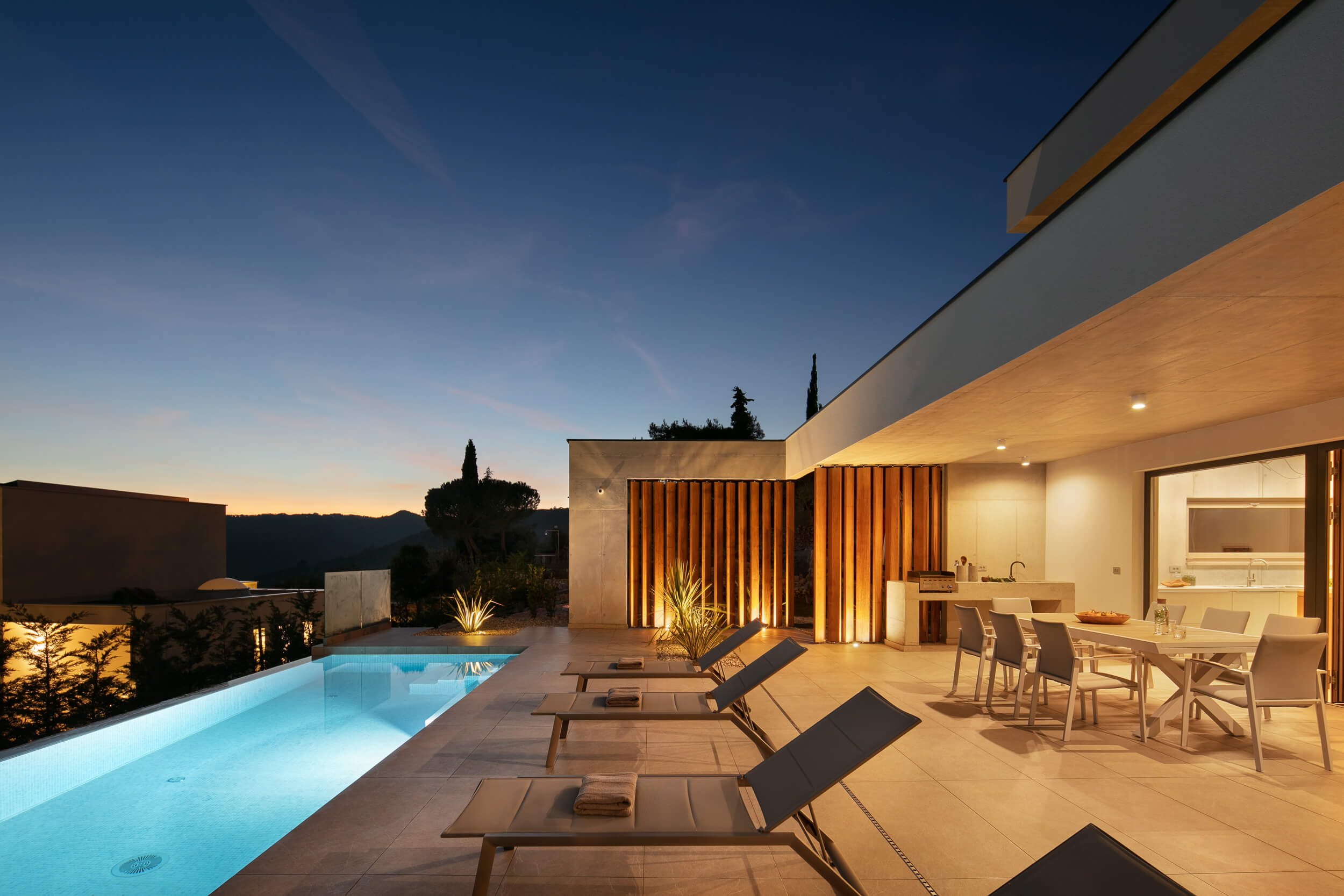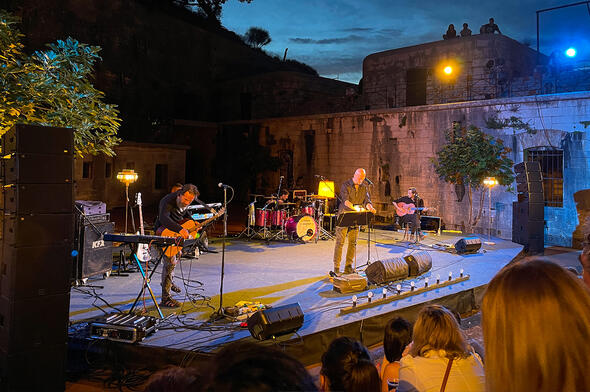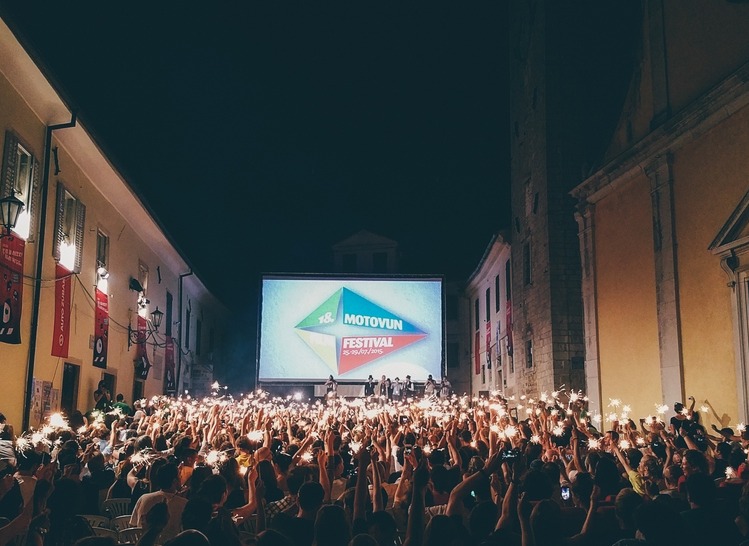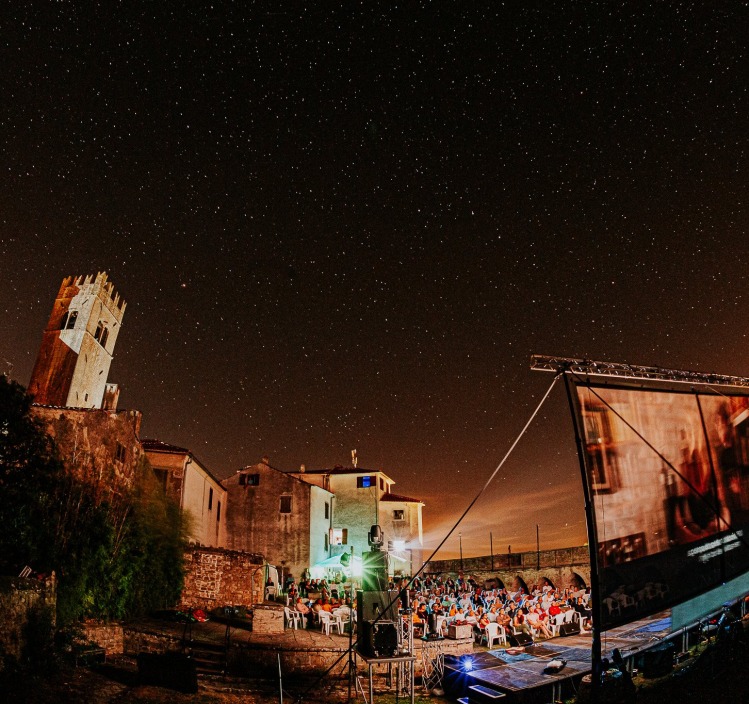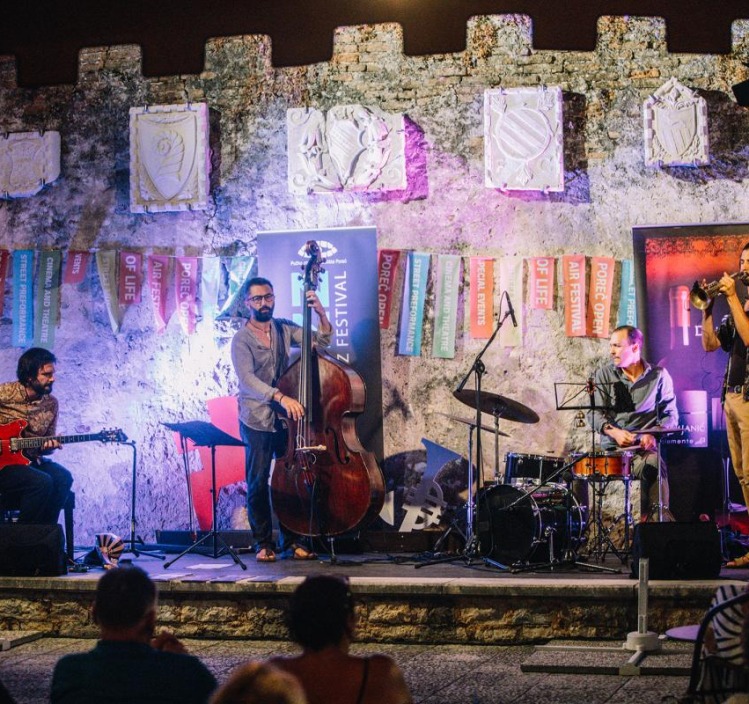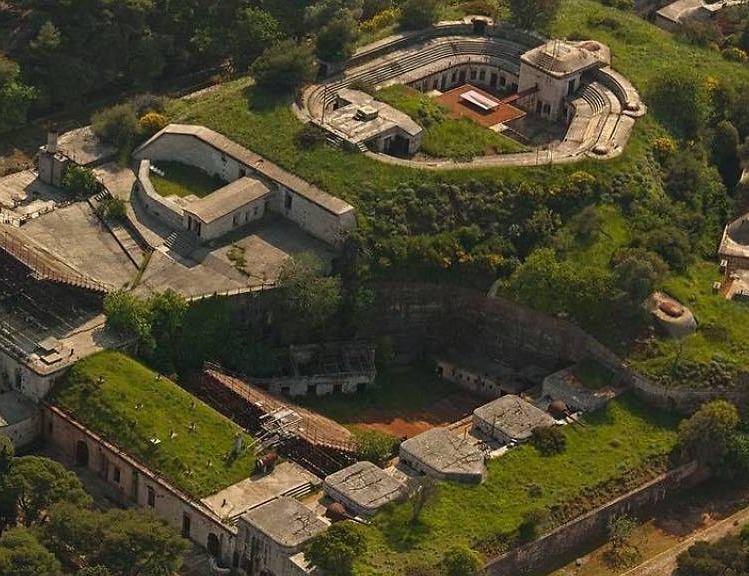

Motovun film festival
The Motovun Film Festival, held annually in the picturesque hilltop town of Motovun, Croatia, is a celebration of independent cinema that showcases a diverse array of films from around the world. Since its inception in 1999, the festival has gained recognition for promoting thought-provoking and innovative movies, often highlighting the works of emerging filmmakers and lesser-known cinematic gems.
Over the course of several days, visitors can enjoy a rich program of screenings, workshops, panel discussions, and other engaging events, all set against the breathtaking backdrop of Motovun’s medieval streets and stunning countryside views. The festival’s relaxed and intimate atmosphere fosters a sense of community, bringing together filmmakers, industry professionals, and movie lovers alike to share their passion for the art of cinema.
Pula, Arena – Amphitheater
The most famous and important monument, the starting and ending point of every sightseeing tour is the Amphitheater, popularly called the Arena of Pula, which was once the site of gladiator fights. It was built in the 1st century AD during the reign of Emperor Vespasian, at the same time as the magnificent Colosseum in Rome.
The ground plan is elliptical, the longer axis measuring about 130 m and the shorter one about 100 m. Gladiator fights took place in the central flat area called the arena, while the spectators could sit on the stone tiers or stand in the gallery. It is believed that the Amphitheater could seat about 20,000 spectators. Local limestone was used for its construction. In the Middle Ages it was the site of knights tournaments and fairs.
Today, it is the venue for many different events – Pula Film Festival, various concerts, opera, ballet, sports competitions… since its capacity is about 5000 spectators.
The Dušan Džamonja sculpture park
A mere 20 minutes from Bale, you’ll find the sculpture park of Dušan Džamonja, one of Croatia’s most renowned sculptors. This picturesque Istrian site features sculptures seamlessly integrated into the natural setting surrounding Džamonja’s home-atelier, where he spent most of his life creating.
Džamonja’s artistic approach involved experimenting with various materials such as glass, iron, wood, and wire netting filled with concrete. A signature aspect of his work is the technique of embedding iron nails into wooden core sculptures. The sculptures take on a distinct spatial appearance depending on the time of day and emit a unique glow that changes with the seasons. Visit this captivating park to experience the fusion of art and nature through the creative legacy of Dušan Džamonja.
Labin National Museum
The Labin National Museum was founded in 1960 and works within the Labin Public Open University. The museum is located in the old town’s heart in the Baroque palace of the Battiala-Lazzarini family. It provides an overview of Labin’s history with a selection of the most important events presented in chronological order, with an elaboration of thematic parts and interactive points. The exhibits in the display are accompanied by texts on panels in four languages (Croatian, English, Italian and German). The permanent display consists of a lapidarium (collection of stone monuments) with mostly Roman pieces, a chronological overview of the history of the town and its most significant events, it also provides a representation of the miner’s strike of 1921 known under the title of ‘Labinska republika’ (the ‘Labin Republic’) and an overview of recent history. The museum also consists of an ethnographic display and a special part dedicated to the Istrian teacher and revolutionary Giuseppina Martinuzzi. The permanent display about mining which reflects upon the almost 400 years of Labin’s mining history is a special attraction. It was set up on the ground-floor and cellar part of the museum’s building, between 1961 and 1964, with the direct support from the Istrian Coalmines of Raša. The museum manages a collection of sacred art, located in the Church of St Mary of Consolation plus a memorial display of Matija Vlačić Ilirik located in the former Francovich palace.
The Dance and Non-Verbal Theatre Festival San Vincenti
This festival organized by Zagreb Dance Company, stands out as a distinctive cultural event with a long-standing reputation as a favorite meeting place for dance enthusiasts and experts alike. The festival’s international program features contemporary dance productions, physical theater, mime, circus performances, street art, and educational seminars and workshops.
Established in 2000, the festival has showcased over 150 dance and theater companies from Croatia and beyond, presenting more than 190 productions. Boasting exceptional attendance, the Dance and Non-Verbal Theatre Festival San Vincenti has become an essential part of the cultural landscape in both the region and Croatia as a whole.
Ulysses theatre - Brijuni
Ulysses Theatre was founded by actor-director Rade Šerbedžija and writer Borislav Vujčić.
It was inaugurated in 2001 by the renowned British film and stage actress Vanessa Redgrave at a charity concert featuring the Mostar Sinfonietta.
The first production was Shakespeare’s King Lear, directed by Lenka Udovički, with Rade Šerbedžija in the eponymous role. A small production team lead by Tatjana Aćimović embarked upon the challenge of giving shape to a dreamlike idea of a theatre on an uninhabited island, unaware of the fact that this production would achieve cult status among the audience and continue to be performed year after year, turning what started as an experiment into an annual summer festival with an increasing number of productions and cultural events.
King Lear is still performed, using a number of locations within the Austro-Hungarian coastal fortress of Fort Minor on the Island of Mali Brijun as natural stage scenery. For over a decade it has captivated audiences from around the world and gathered artists from Croatia, Slovenia, Bosnia and Herzegovina, Serbia, Great Britain, the USA and Georgia.
Raša - The Small Museum of Mining
Raša, the youngest town in Istria, which was built in 1936 – 1937, tells its unique story in the Arsia Center. The mining history is woven in the entire image of Raša, making it recognizable and distinguishing it from other towns in Istria.
The rich heritage of the life of the miners and their families is authentically displayed in the Arsia Center, a small museum of mining. It is located on the main square in Raša and offers its visitors a one-of-a-kind experience of the life and work of the miners in Raša. The very entrance to the museum is quite impressive. It evokes the mine shaft, and the symbolism of the underworld is emphasized by the contrast of darkness and light.
The images of the miners’ faces, and numerous exhibits from the mines, give the visitor a real experience of the atmosphere of the mine. Walking on the original railroad tracks is an unforgettable feeling, and the screens with video projections take the visitors back to the past. Archival films capture the visual moment of that time. Through pictures and sounds, the visitor is acquainted with the history of Raša and its inauguration and becomes a part of this unusual story.
Picugi and Mordele
Poreč is known for its historical sites, but have you explored its oldest treasures? Just a short distance from the city, towards Žatika and Dračevac, lie peaceful hills that hold a hidden archaeological gem: the remains of an ancient hill-fort settlement that served as a refuge for pre-ancient peoples around 4,000 B.C. At that time, the Poreč peninsula was a simple seaport while the real hub of activity flourished 5 to 7 km from the current center, on hills known as Mordele.
The first hill, Veliki Sveti Anđeo (Big Holy Angel), offers a stunning view of the coastline from Savudria to Lim, as well as the oldest nearby Istrian “Stonehenge” and three straight southern hills known as Picugi by locals. These hills are home to stone blocks that were part of ancient urban settlements of the Histri people, after whom Istria was named. Life on the Picugi hills began around 1,000 years later, but by the 8th to 6th centuries B.C., a thriving capital had emerged, leaving behind one of Istria’s richest archaeological sites from classical antiquity.
Find more info here.
